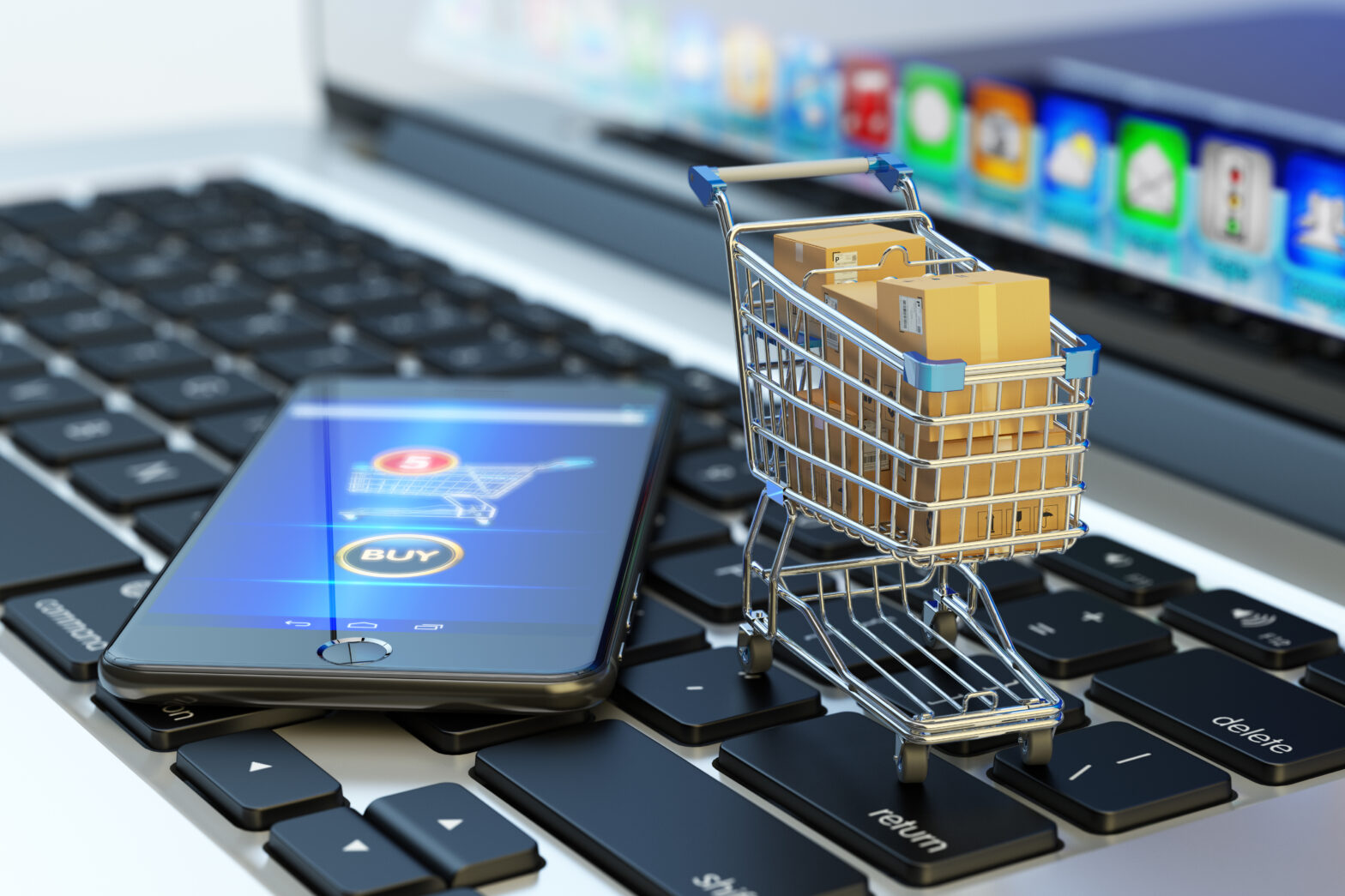2018 is going to be a year of major changes for the retail business, driven mainly by the amazing growth in mobile commerce. The data shows that the continued rise of m-commerce is inevitable and unstoppable, but it’s essential to look behind the numbers. More important than predictions of percentages and how many billions of dollars will be spent, what’s at stake is the way we interact with customers.
None of what’s coming is particularly new. It’s all based on proven technology. Massive brands like Walmart and Target are already implementing these techniques. Amazon is taking everything it has learned from online sales and will be using it in physical stores.
>See also: Retailers: “a frictionless mobile experience is our highest priority”
Even niche brands like Swedish fashion label House of Dagmar is changing the way they do business. The tech isn’t the issue. What 2018 will bring is a change in attitudes, where all this becomes widespread and commonplace.
Promotion will go mobile-first
Today’s customers expect everything through their phones. They don’t like email, and they don’t always have access to printers. Marketers will have to develop a mobile-centric approach, where notifications of sales or discounts, loyalty and incentive programs, or coupons are all available for mobile-only users.
As we see mobile marketing budgets increase and competition intensify, we’ll see some incredible innovation in this area: relying on simple banner ads and push notifications won’t be enough.
Enhancing the power of sales staff
Customers in-store are using their phones to help them shop; to locate items, check prices, read reviews, share with family, or even make purchases. But most sales staff are still working exactly as they always have done. They have to rely on their personal knowledge of what’s on sale, and they have no idea what’s currently in stock without going and checking in person. As a result, the customers often have more information than the staff.
>See also: Why mobile matters even more to big brands
Staff equipped with mobile apps, perhaps also smart watches, will be able to give customers better service. They can give personalized advice based on the customer’s purchase history, give accurate information on stock availability, and even take payment or make the purchase on behalf of the customer without needing to go to a checkout. What this creates is a far more appealing customer experience, which will be essential in the battle against pure online shopping.
Alternative payments will become standard
Fintech is changing the way customers relate to money. They can easily make payments, get loans, or transfer money directly from their phones. Cash is disappearing in many countries, and credit cards are being overtaken by Apple Pay and Android Pay, PayPal, and other alternative payment systems. Online and traditional retailers who don’t accept these will become rarer and rarer, and by the end of the year, it’ll be a brave merchant who refuses to accept them.
Target estimate that incorporating a wallet into their app is four times faster than any other method of payment. It also enables them to add in gift cards and coupons into a single seamless transaction that’s simple for the customer. It may only be a few seconds saved each time, but subjectively, it feels like a huge improvement.
Aftercare, any time, any place
The key to staying in business will be customer retention. It’s not enough to make a single sale. And again, mobile will be the key to customer loyalty. As I said above, customers now expect to be able to everything via their phones.
>See also: The evolution into a cashier-less future
This means the entire customer care process will have to adopt a mobile-first approach. This will cover everything from tracking to reviews, complaints and returns. This could include live chat, allowing them to post video reviews, or even inviting them to participate in a customer community that can influence major corporate decisions.
The new standard
By the end of 2018, it will be normal for shoppers to do business without going near a computer, using a credit card, or checking their email. If they do visit a physical store, they may not visit a checkout if they make a purchase, and it’s quite likely that they won’t even buy anything – they’ll just check out what’s on offer and then purchase it online. That changes the entire business model for retailers. Some will doubtless cling to the old ways – we’ll see how many of them are still here in 2019.
Sourced by Andreas Hassellöf, founder of Ombori Group










